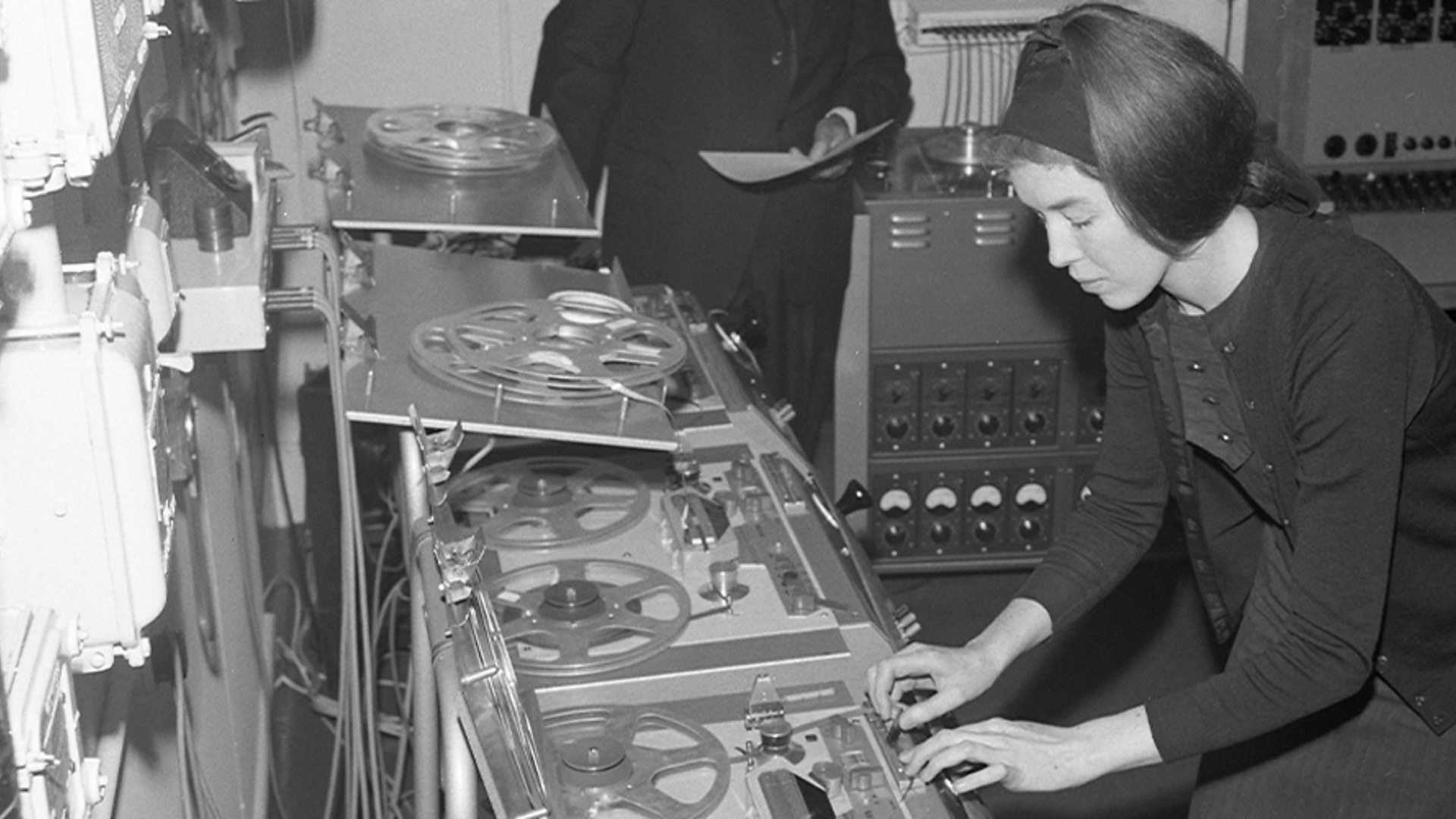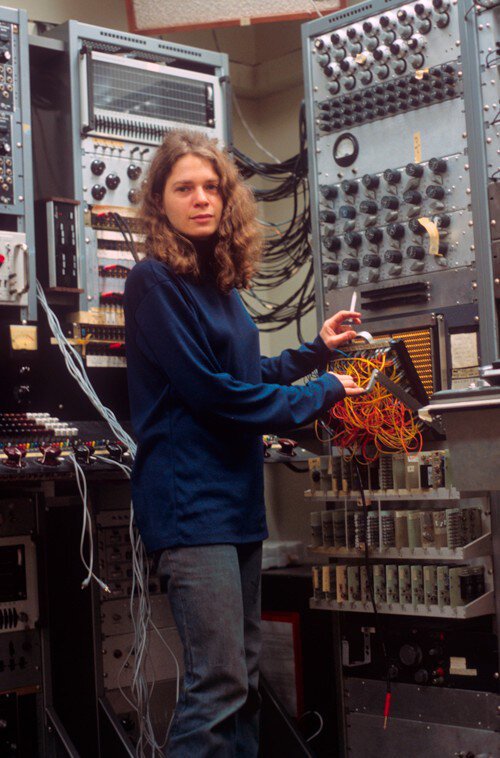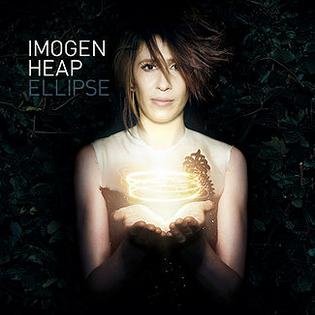The Pioneers: Women in Electronic Music
The history of electronic music is often told through the lens of male pioneers, but the contributions of women have been equally groundbreaking and transformative. This blog post aims to shine a light on the influential women who have shaped electronic music, from its early days to the modern era.
Early Innovations
Clara Rockmore
The journey of women in electronic music begins with the pioneering work of Clara Rockmore in the 1930s. Rockmore, a virtuoso of the theremin, an early electronic instrument, brought electronic music to mainstream audiences with her ethereal performances. Unlike anything heard before, her mastery of the theremin showcased the musical possibilities of electronic sounds.
Daphne Oram
The 1950s and 60s saw further contributions from innovative composers such as Daphne Oram and Delia Derbyshire in the UK. Oram, co-founder of the BBC Radiophonic Workshop, was a visionary in electronic sound and music, developing Oramics, a technique for creating electronic sounds. Derbyshire, also at the BBC Radiophonic Workshop, famously created the original Doctor Who theme tune, an iconic piece of electronic music that demonstrated the creative potential of electronic sound manipulation.
Delia Derbyshire
Expanding Horizons
The 1970s and 80s marked a period of expansion and diversity in electronic music, with more women taking center stage. Laurie Spiegel, an American composer, utilized computer algorithms to create "The Expanding Universe," a landmark album in electronic music. Her work explored the relationship between technology and music, pushing the boundaries of what was sonically possible.
Laurie Spiegel
Another notable figure is Suzanne Ciani, a classically trained musician who became a pioneer in the field of electronic music and sound design. Ciani's work in the 1970s and 80s brought electronic music to commercials, video games, and films, broadening the audience and application of electronic sounds.
Suzanne Ciani
Technological Revolution and Beyond
Bjork
The advent of digital technology and the internet in the late 20th and early 21st centuries democratized music production and distribution, allowing more women to participate in electronic music. Artists like Björk and Imogen Heap have been at the forefront of integrating technology with music, both in terms of sound production and performance. Björk's use of technology has been innovative, incorporating new instruments and multimedia projects into her work, while Imogen Heap's use of the Mi.Mu gloves for gesture-driven music creation has redefined live electronic performances.
Current Landscape and Future Directions
Grimes
Tokimonsta
Today, the landscape of electronic music is rich with female talent, from producers and DJs to sound engineers and technology developers. Artists like Grimes, Tokimonsta, and Nina Kraviz continue to push the envelope, experimenting with new sounds and challenging the norms of the music industry.
The future of women in electronic music looks promising, with more opportunities and platforms than ever before. Initiatives and organizations dedicated to supporting women in electronic music are helping to ensure that the contributions of women are recognized and celebrated.
Nina Kraviz
Conclusion
The history of women in electronic music is a testament to innovation, creativity, and the breaking of barriers. From the ethereal sounds of the theremin to the cutting-edge use of digital technology, women have played a crucial role in shaping the landscape of electronic music. Their contributions, often underrecognized, have paved the way for future generations of artists, ensuring a more inclusive and diverse musical world. As we continue to celebrate the achievements of women in electronic music, it's clear that their impact will be felt for years to come.










